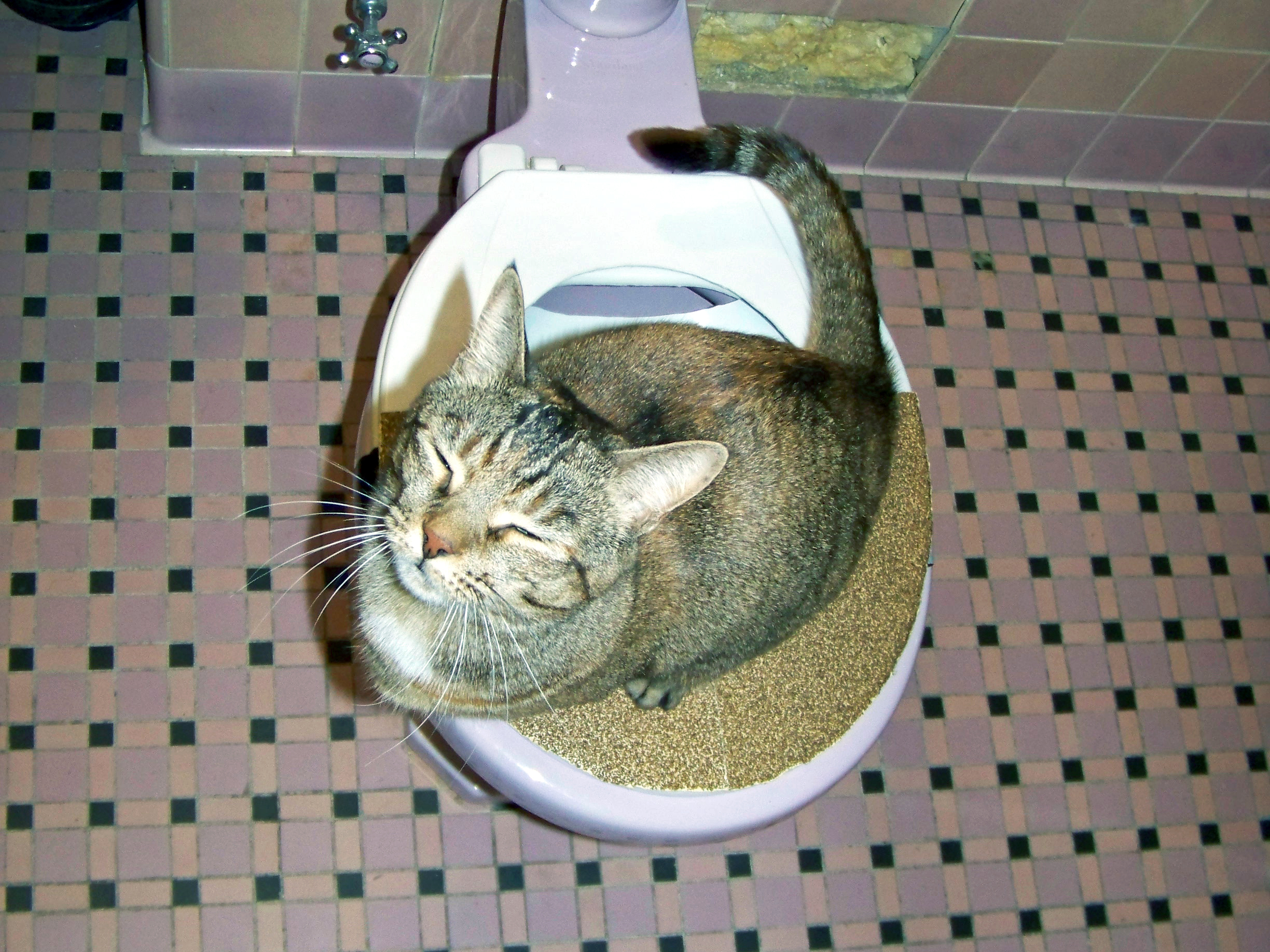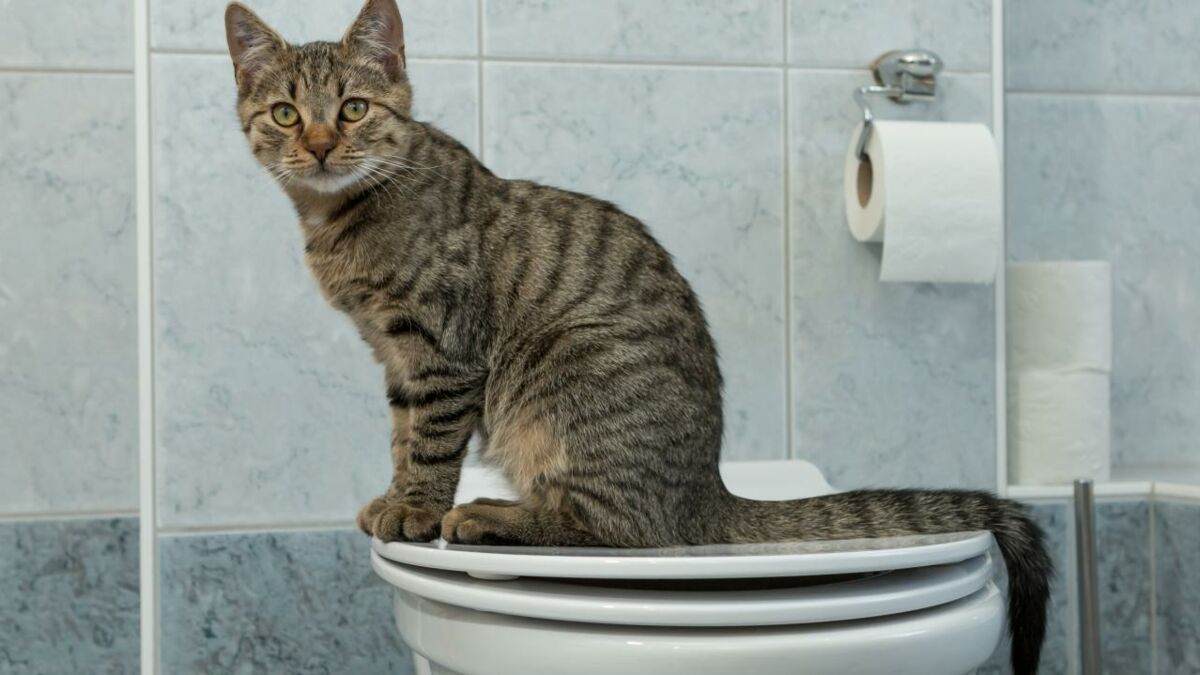The Importance of Not Emptying Animal Waste Down the Toilet
The Importance of Not Emptying Animal Waste Down the Toilet
Blog Article
Just about everyone is bound to have their own individual way of thinking involving Should you flush animal waste down the toilet.

When it involves dealing with waste, specifically animal waste, lots of people usually resort to the convenient choice of flushing it down the commode. However, this seemingly simple service can have significant effects for the setting and public health. In this short article, we'll discover why flushing animal waste down the toilet is a bad idea and give different techniques for correct disposal.
Intro
Appropriate garbage disposal is important for maintaining ecological sustainability and public health. While it might appear harmless to purge animal waste down the commode, it can bring about numerous problems, both for the environment and human well-being.
Risks of flushing animal waste
Environmental impact
Purging pet waste introduces unsafe microorganisms and microorganisms right into waterways, which can adversely affect aquatic ecosystems. These virus can contaminate water resources and injury marine life, interrupting delicate ecosystems.
Public health issues
Pet waste contains dangerous microorganisms such as E. coli and Salmonella, which can position serious health dangers to humans. Purging animal waste down the commode can infect water supplies, leading to the spread of conditions and infections.
Alternatives to flushing
Instead of flushing pet waste down the commode, there are numerous different disposal techniques that are much more environmentally friendly and hygienic.
Composting
Composting animal waste is an environmentally friendly way to throw away it. By composting, organic matter is broken down into nutrient-rich dirt, which can be utilized to fertilize gardens and plants.
Landfill disposal
Throwing away pet waste in a land fill is another alternative. While not as environmentally friendly as composting, it is a more secure option to flushing, as it stops the contamination of water sources.
Pet dog waste disposal systems
There are customized pet dog waste disposal systems readily available that safely and hygienically dispose of animal waste. These systems usually utilize enzymes to break down waste and eliminate smells.
Steps to appropriate animal waste disposal
To guarantee appropriate disposal of animal waste, comply with these actions:
Scooping and getting waste
On a regular basis scoop and bag pet waste utilizing biodegradable bags. This avoids waste from infecting the environment.
Utilizing assigned waste containers
Dispose of bagged animal waste in assigned waste containers, such as garden compost bins or garbage dump bins. Stay clear of flushing it down the commode in any way expenses.
Cleaning litter boxes and animal locations consistently
On a regular basis tidy can here and animal locations to avoid the build-up of waste and germs. Use pet-safe cleaning items to preserve health.
Advantages of correct disposal methods
Embracing proper disposal techniques for pet waste provides a number of benefits:
Decreased environmental pollution
Proper disposal methods reduce the risk of environmental pollution, shielding rivers and environments from contamination
Decreased danger of water contamination.
By avoiding flushing animal waste down the commode, the danger of water contamination is substantially minimized, protecting public health.
Improved cleanliness and hygiene
Correct disposal methods advertise better cleanliness and hygiene, producing a more secure atmosphere for both human beings and pets.
Final thought
Finally, flushing pet waste down the toilet is dangerous to the environment and public health. By embracing different disposal methods and complying with correct waste monitoring practices, we can minimize the unfavorable influence of pet waste and contribute to a cleaner, healthier earth.
What To Do With Dog Poo – The Do's And Don'ts Of Disposing Of Faeces
Dog poo bins
Some councils provide dedicated dog waste bins in popular dog-walking areas that can take dog poo that has been bagged but you can legally dispose of dog waste in any public litter bin, as long as it is securely bagged. This also applies to your wheelie bin at home.
Do not flush
Water companies do not recommend flushing dog faeces down the toilet because certain parasites can survive the water processing treatment and are potentially harmful to humans. You should also never consider flushing dog poo that has been bagged down the toilet as the bags will not break down and instead create severe blockages in the sewage system.
In the woods
The Forestry Commission promotes a ‘stick and flick’ method for dealing with waste in the woods. This means finding a stick and using it to flick any poo from off the path so that it is out of the way of other walkers. You could also bury it as long as it is not in an area where there might be livestock.
Livestock
Parasites found in dog poo can be transmitted to livestock if they inadvertently eat infected faeces that has been left on grazing land. This could result in the death of sheep or abortion in cattle so you should always make sure you pick up your dog’s waste in fields where livestock could be present.

On a regular basis tidy can here and animal locations to avoid the build-up of waste and germs. Use pet-safe cleaning items to preserve health.
Advantages of correct disposal methods
Embracing proper disposal techniques for pet waste provides a number of benefits:
Decreased environmental pollution
Proper disposal methods reduce the risk of environmental pollution, shielding rivers and environments from contamination
Decreased danger of water contamination.
By avoiding flushing animal waste down the commode, the danger of water contamination is substantially minimized, protecting public health.
Improved cleanliness and hygiene
Correct disposal methods advertise better cleanliness and hygiene, producing a more secure atmosphere for both human beings and pets.
Final thought
Finally, flushing pet waste down the toilet is dangerous to the environment and public health. By embracing different disposal methods and complying with correct waste monitoring practices, we can minimize the unfavorable influence of pet waste and contribute to a cleaner, healthier earth.
What To Do With Dog Poo – The Do's And Don'ts Of Disposing Of Faeces
Dog poo bins
Some councils provide dedicated dog waste bins in popular dog-walking areas that can take dog poo that has been bagged but you can legally dispose of dog waste in any public litter bin, as long as it is securely bagged. This also applies to your wheelie bin at home.
Do not flush
Water companies do not recommend flushing dog faeces down the toilet because certain parasites can survive the water processing treatment and are potentially harmful to humans. You should also never consider flushing dog poo that has been bagged down the toilet as the bags will not break down and instead create severe blockages in the sewage system.
In the woods
The Forestry Commission promotes a ‘stick and flick’ method for dealing with waste in the woods. This means finding a stick and using it to flick any poo from off the path so that it is out of the way of other walkers. You could also bury it as long as it is not in an area where there might be livestock.
Livestock
Parasites found in dog poo can be transmitted to livestock if they inadvertently eat infected faeces that has been left on grazing land. This could result in the death of sheep or abortion in cattle so you should always make sure you pick up your dog’s waste in fields where livestock could be present.

I came across that article on Why you should never flush dog poop down the toilet while perusing the web. Kindly take the opportunity to share this post if you enjoyed it. Thank you so much for your time invested reading it.
Get Offer Report this page